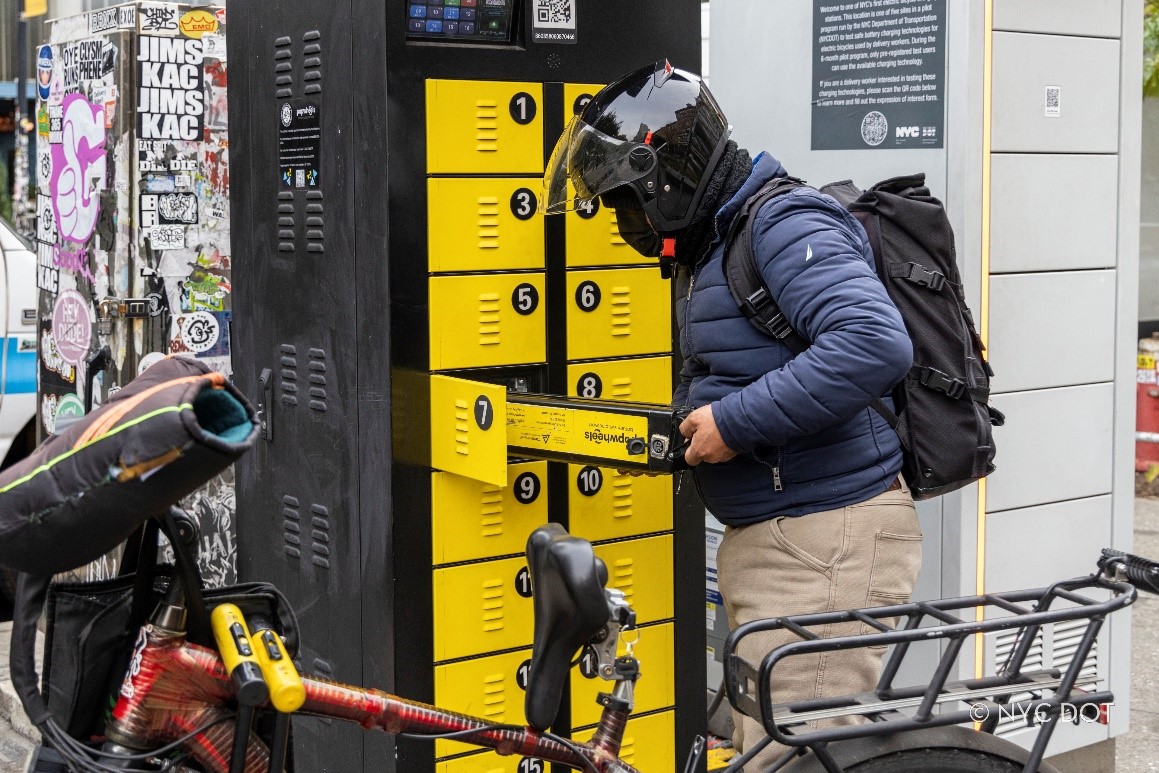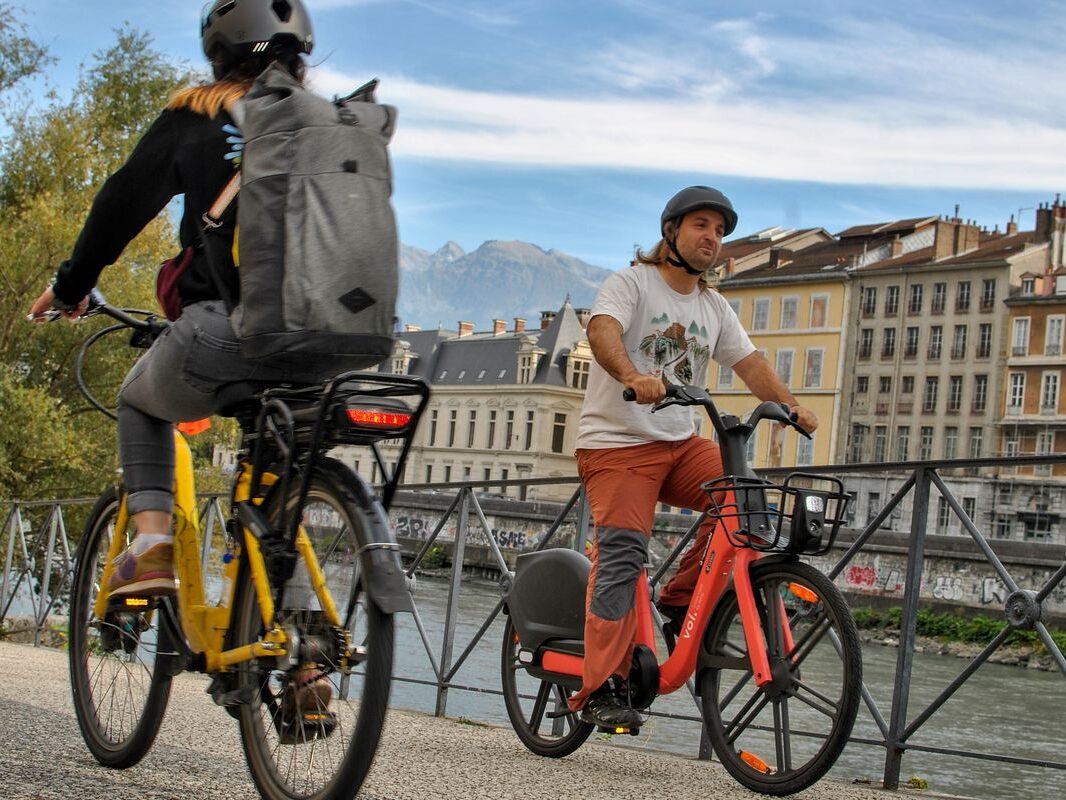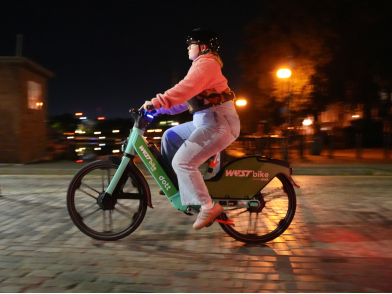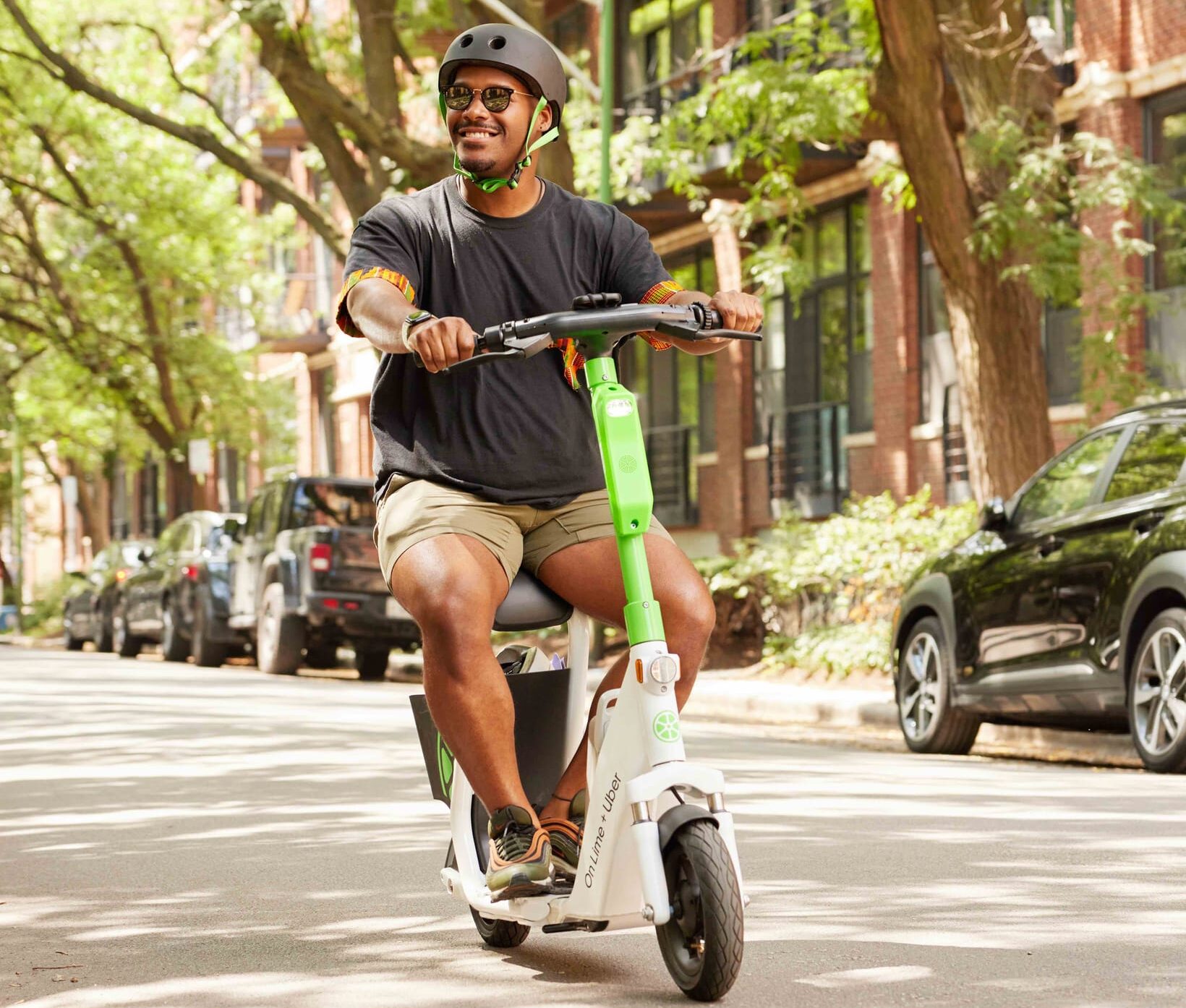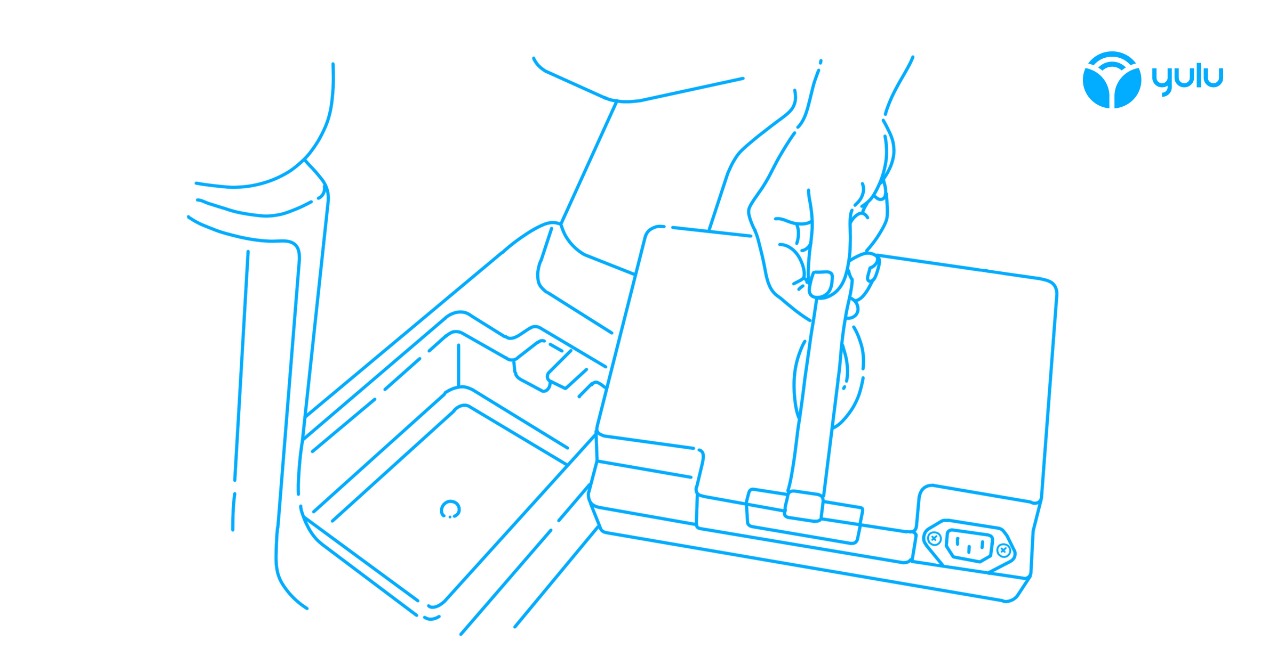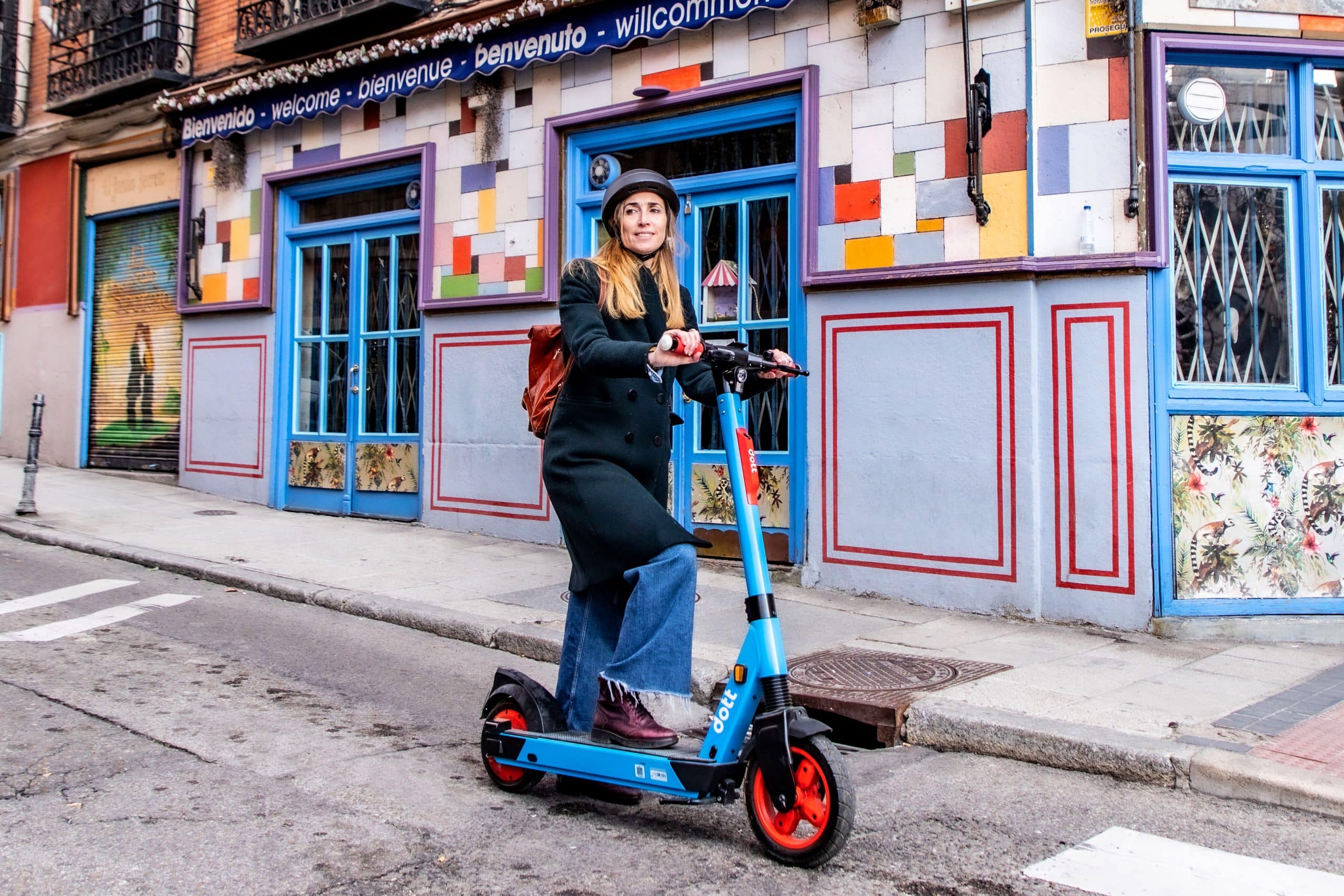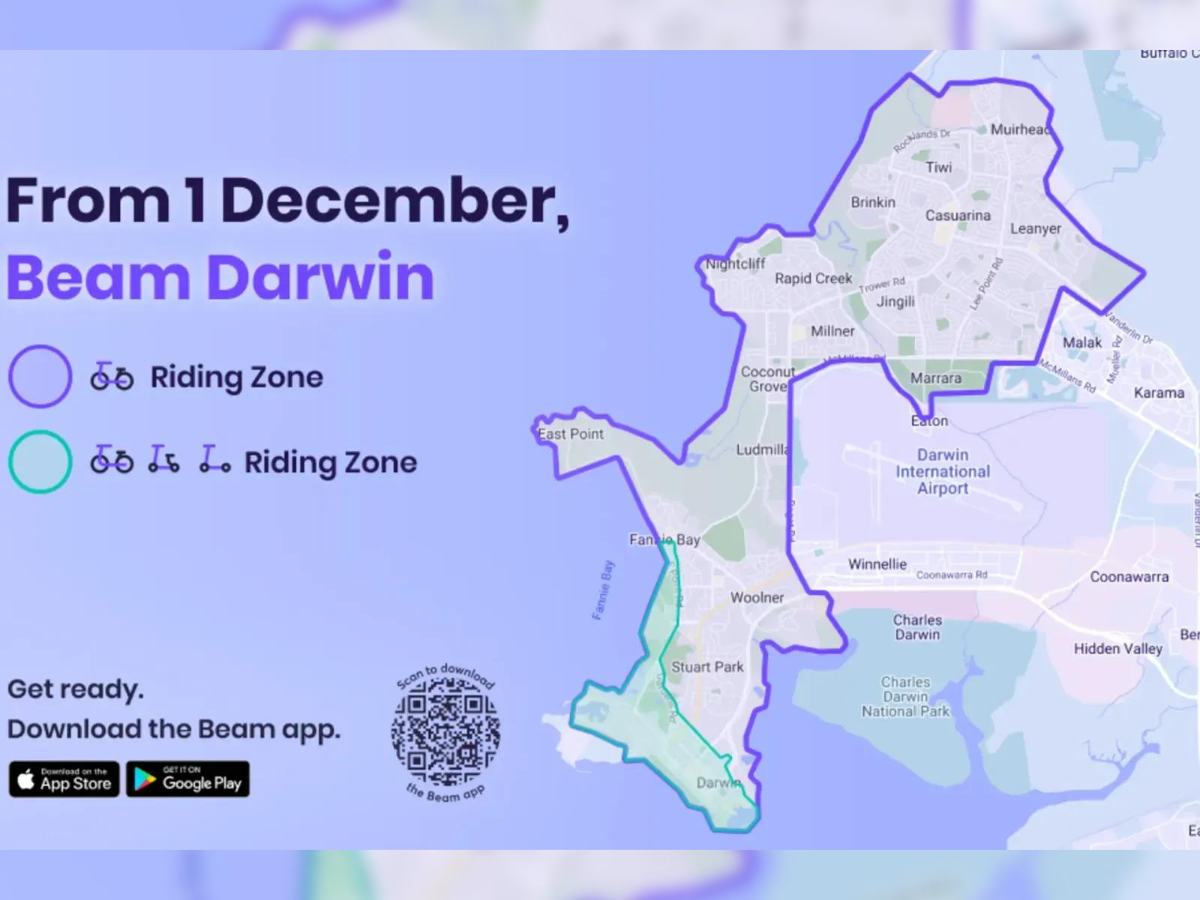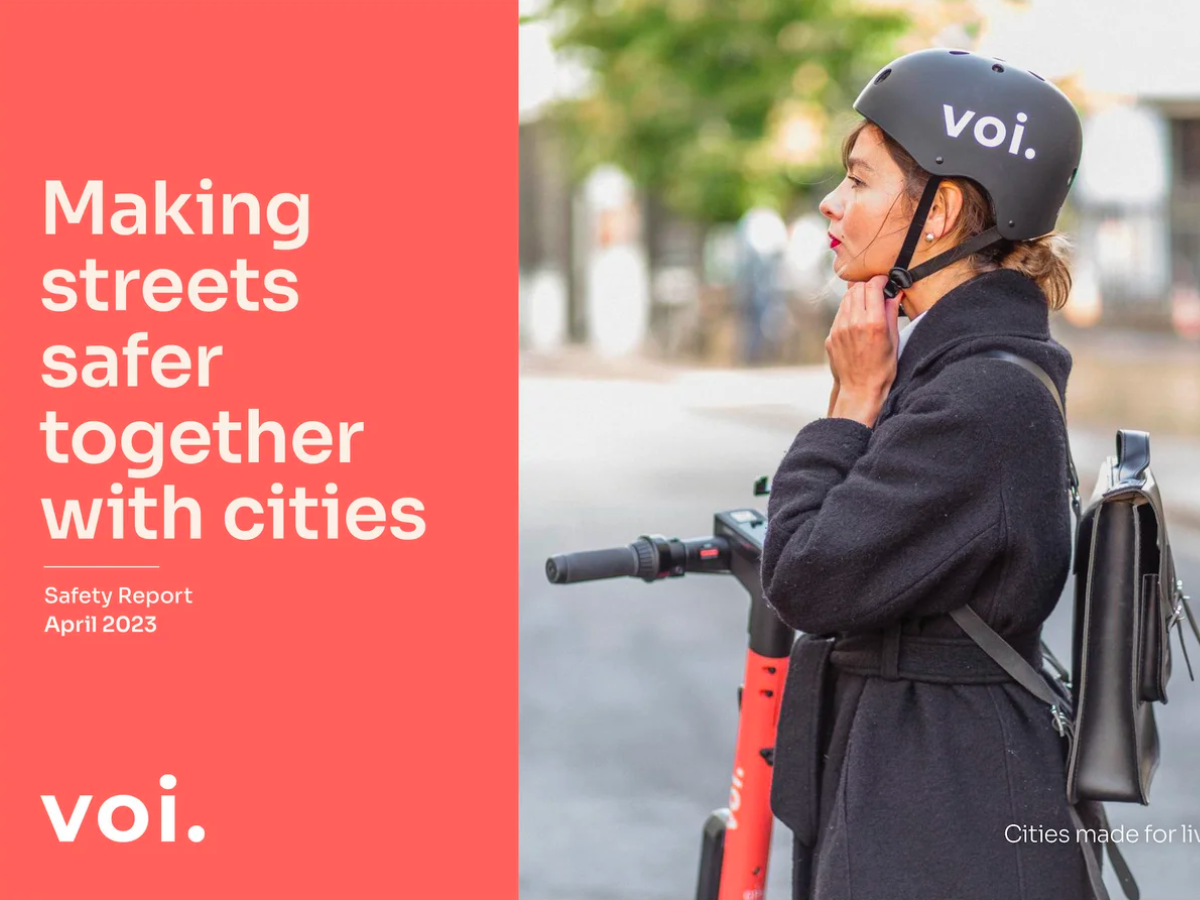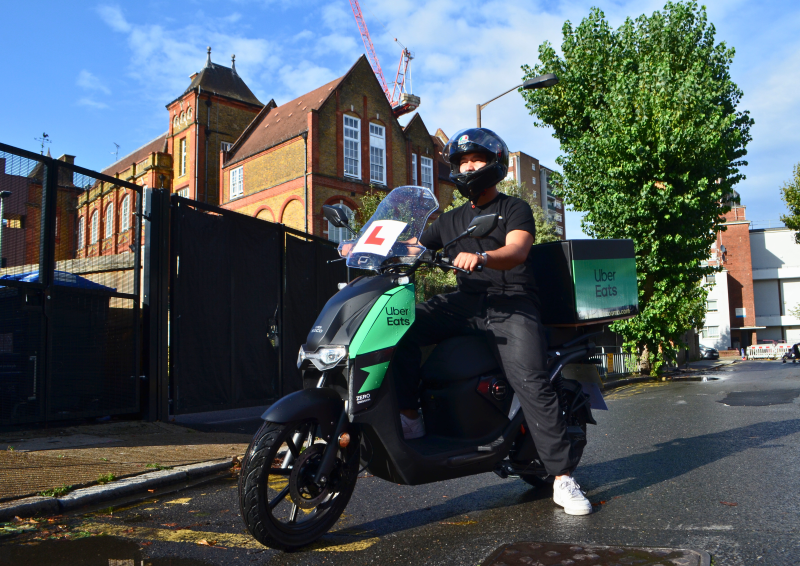Dott has unveiled findings from research using AI-powered cameras on shared e-scooters to explore the reasons behind pavement riding.
During this study, cameras from Luna Systems were fitted to shared e-scooters in Brussels, Grenoble and Tel Aviv to measure the amount of time riders spent on pavements and identify the causes for doing so. In total, data was gathered from over 3,000 trips and more than 6,000 kilometres.
Further studies will also take place in Madrid, Lyon and London this autumn to further understand rider behaviours across Europe and help reduce pavement riding.
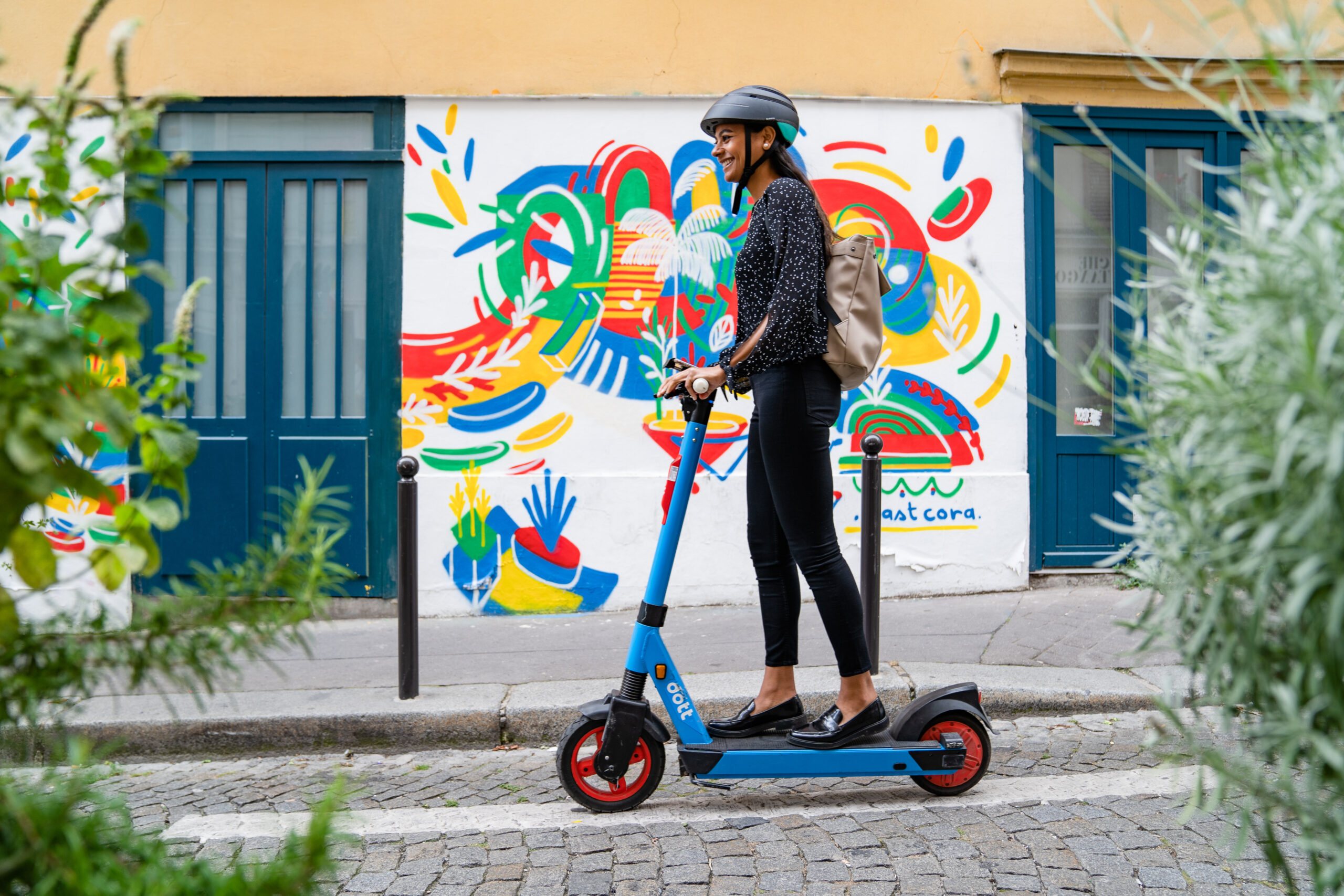
The results found that pavement riding occurred on a small minority of e-scooter trips, with vehicles being ridden on roads and bike lanes 93 percent of the time.
When pavement riding did take place, it was found that nearly three quarters (71%) of occurrences were influenced by the road and infrastructure conditions.
The most frequent cause for pavement riding was riders mounting the sidewalk to access on-pavement scooter parking in 33% of incidents. This finding therefore supports the implementation of on-road rather than pavement-based parking areas.
Another regular cause was riders using zebra crossings that lead to a pavement, as this occurred in 23% of cases.
In addition, other common causes included cycle lanes ending onto pavements (10%) and blocked roads or cycle lanes (7%).
Meanwhile, around a quarter (26%) of pavement riding occurrences appeared to be down to irresponsible rider behaviour.
Maxim Romain, Co-Founder and COO, Dott, said:It’s clear from these findings that the majority of e-scooter riders want to use them responsibly. If they do resort to riding on pavements, it’s often because they feel safer there. We hope to work closely with the cities we operate in to use these findings to improve road conditions and infrastructure, creating environments where people feel safer and more confident using sustainable transport in the right way.
Dott has shared these findings with the city authorities using mapping software that identifies hotspots for pavement riding.
It now hopes that cities can use this data to prioritise which areas are most in need of infrastructure investments and adjustments.
Dott can also use the data collected from these cameras to target specific riders who frequently ride on pavements with educational tools or restricted riding penalties.
Andrew Fleury, CEO & Co-Founder of Luna Systems said:Computer vision provides a means to understand where and how pavement riding occurs, as well as why it happens. For every event, operators can understand the location, duration and speed as well as the number of people impacted by a rider’s behaviour. This data allows operators to communicate and engage with riders about specific occurrences. We believe that this data can also help cities better understand how to plan infrastructure to accommodate scooters in the future.



